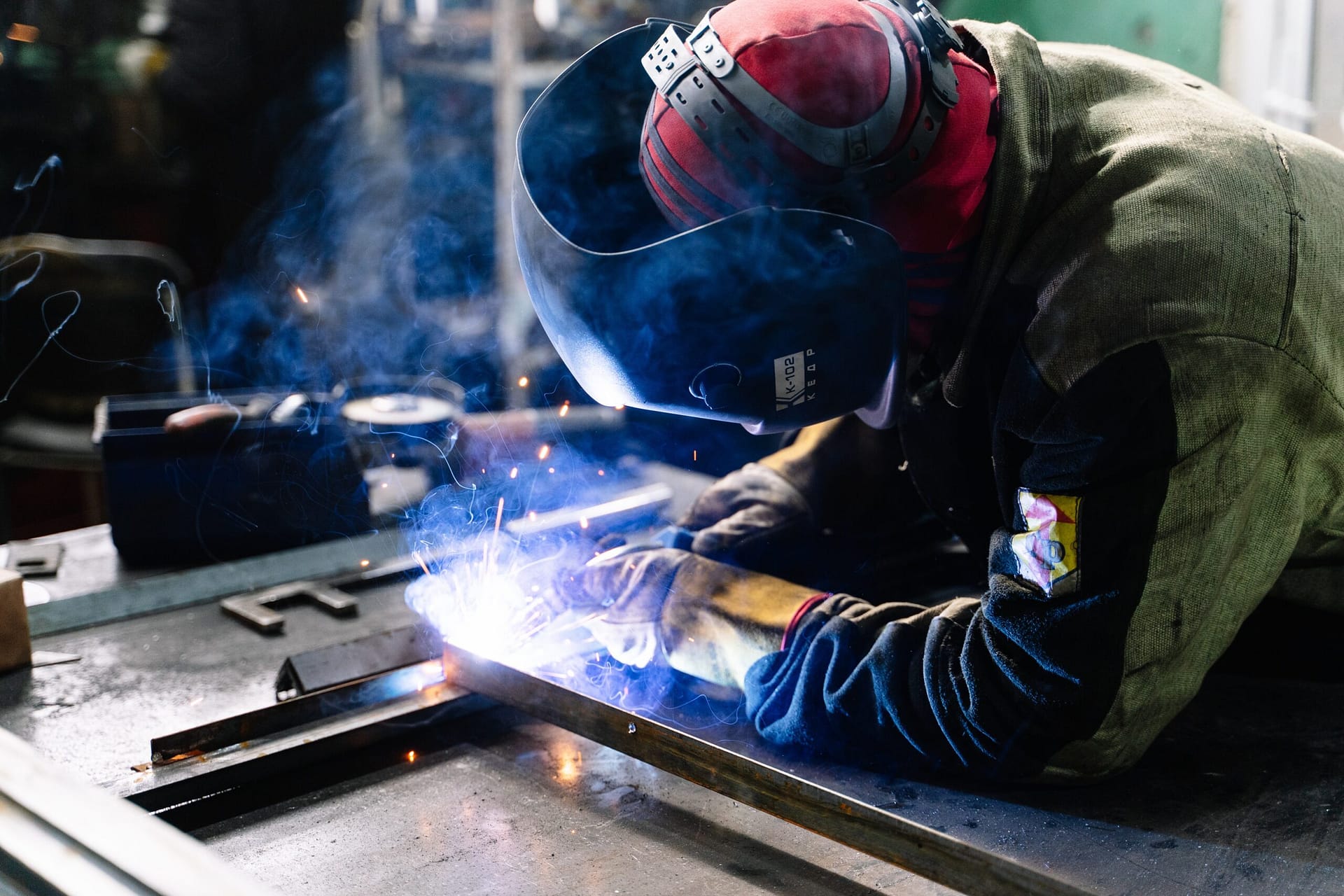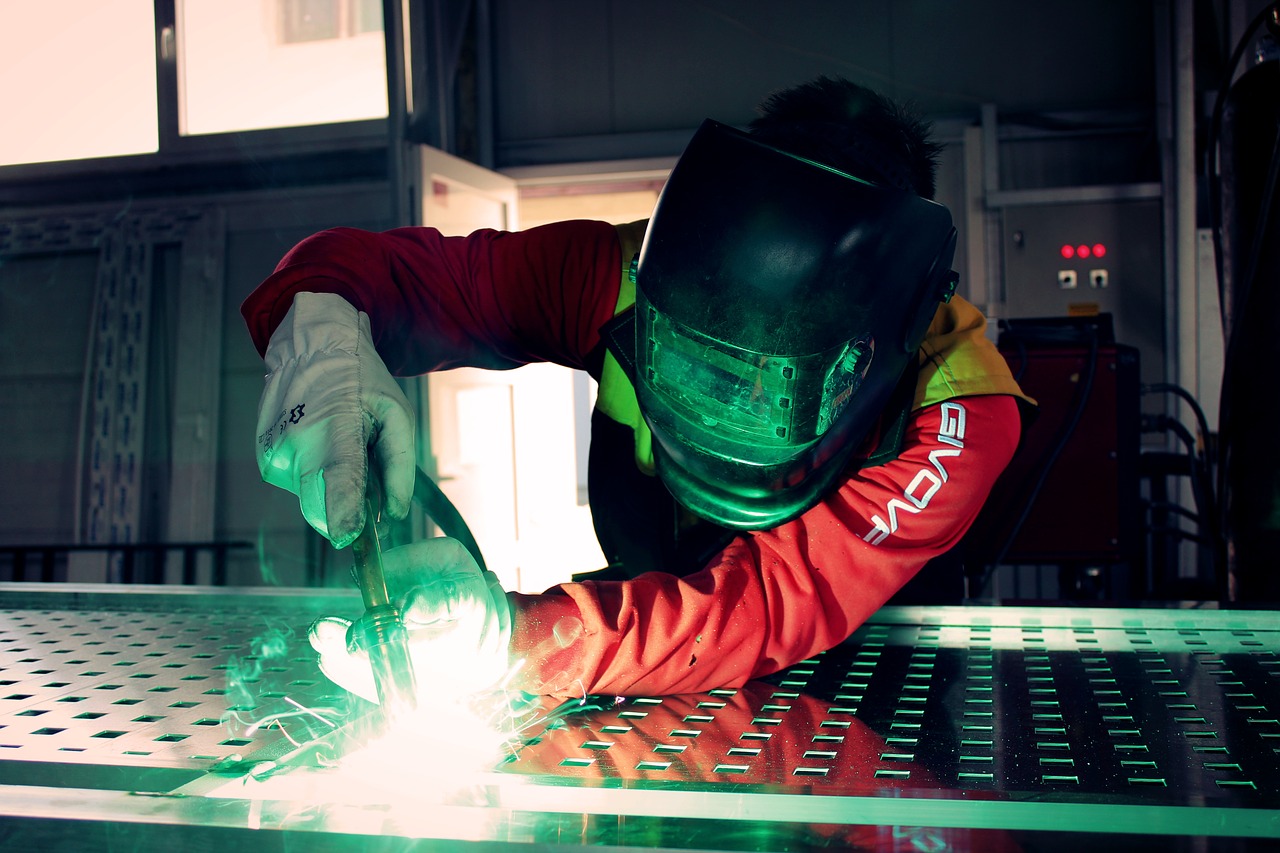Common Welding Repair Issues and Exactly How to Address Them Successfully
Welding repair services frequently come across a range of concerns that can jeopardize the integrity of the last product. Typical troubles consist of inadequate infiltration, porosity, and misalignment, to name a few. Each defect presents special challenges that require particular strategies for resolution. Understanding these problems is necessary for welders aiming to boost their skills and outcomes. This discussion will certainly check out these usual welding repair work problems and reliable approaches to address them.
Inadequate Penetration
Inadequate infiltration takes place when the weld steel stops working to completely fuse with the base product, leading to weak joints and prospective structural failings. This problem often originates from inadequate warmth input, incorrect electrode angle, or incorrect welding speed. Welders might encounter poor infiltration as a result of a miscalculation of the required criteria for a certain material density or type. In addition, contamination on the base material's surface area can prevent reliable bonding, exacerbating the issue. To address insufficient infiltration, welders ought to assure proper setups on their devices and maintain a clean work surface. Routine inspection of welds is advised to determine any shortages early, permitting prompt modifications and the avoidance of jeopardized architectural honesty in welded settings up.
Porosity
Porosity is a common problem in welded joints that manifests as little gas bubbles trapped within the weld steel. This issue can compromise the integrity of the weld, resulting in reduced toughness and prospective failure under anxiety. Welding. Porosity normally occurs from contamination, moisture, or inappropriate welding methods, which enable gases to escape right into the liquified weld pool. To attend to porosity, welders should guarantee correct surface area prep work, preserve a clean working setting, and make use of suitable welding specifications. Furthermore, selecting the appropriate filler product and protecting gas can reduce gas entrapment. Normal assessment and testing of welds can assist recognize porosity early, ensuring timely corrective activities are taken, thereby preserving the high quality and integrity of the welded framework
Imbalance
Imbalance in welding can emerge from different factors, consisting of inappropriate setup and thermal development. Comprehending the origin is crucial for efficient resolution. Numerous correction strategies are offered to straighten components and guarantee structural honesty.
Reasons for Imbalance
Welding imbalance often originates from a selection of underlying issues that can endanger structural stability. One primary reason is incorrect fit-up of components prior to welding, which can lead to gaps and uneven surface areas. Variants in thermal growth during the welding process can likewise cause distortion, specifically if the materials being joined have different coefficients of development. Additionally, poor fixturing and clamping might fail to hold components safely in area, resulting in movement during welding. Inadequately kept tools, consisting of welding machines and devices, might introduce incongruities in the weld bead, further adding to imbalance. Finally, operator error, originating from not enough training or experience, can additionally play a considerable duty in creating misaligned welds.
Adjustment Methods Readily Available
Addressing imbalance effectively needs a combination of corrective strategies tailored to the specific concerns at hand. One typical approach is using jigs or components to hold parts in the right setting during welding, making certain consistent alignment. Additionally, preheating the materials can assist decrease distortion and enhance fit-up. For significant misalignment, mechanical adjustment methods, such as utilizing hydraulic jacks or clamps, can be used to correct the position before welding. Post-weld warm treatment might also be needed to ease stresses triggered by imbalance. Mindful examination and modification during the arrangement stage can avoid imbalance problems from ending up being considerable problems, advertising a smoother welding procedure and improving general architectural honesty.
Distortion
Distortion is an usual challenge in welding that can arise from various elements, including irregular heating & cooling. Comprehending the root causes of distortion is vital for executing effective prevention methods. Resolving this problem not only boosts structural integrity however additionally enhances the overall quality of the weld.
Reasons for Distortion
When subjected to the extreme warm of welding, materials commonly go through changes that can bring about distortion. This phenomenon primarily develops from thermal development and contraction during the welding process. As the weld location heats up, the material expands; upon cooling, it acquires, which can create interior tensions. In enhancement, uneven heating throughout a work surface can aggravate these tensions, leading to bending or bending. The sort of material also plays a significant role; metals with differing thermal conductivity and coefficients of expansion might react in different ways, bring about unforeseeable distortions. Poor joint style and poor fixturing can contribute to imbalance throughout welding, enhancing the chance of distortion. Understanding these reasons is crucial for efficient welding repair work and prevention strategies.
Prevention Techniques
Reliable my latest blog post prevention methods for distortion during welding focus on controlling warm input and guaranteeing appropriate joint style. Preserving a consistent heat input aids to minimize thermal growth and contraction, which can lead to distortion. Utilizing methods such as pre-heating the work surface can also reduce the temperature slope, advertising consistent home heating. Furthermore, picking ideal joint layouts, such as T-joints or lap joints, can improve security and lower stress concentrations. Implementing proper fixturing to protect the workpieces in location better help in keeping placement during the welding process. Staggered welding series can disperse heat much more evenly, protecting against localized distortion. By applying these methods, welders can significantly decrease the likelihood of distortion and improve the general top quality of their welds.
Splitting
Cracking is a common problem run into in welding repairs, usually resulting from various factors such as inappropriate cooling rates, product choice, or poor joint prep work. The incident of cracks can substantially endanger the integrity of the weld, bring about prospective failings during operation. To resolve this concern, welders have to first analyze the origin, making certain that materials work and properly selected for the details application. Additionally, controlling the air conditioning rate throughout the welding procedure is necessary; fast air conditioning can cause tension and bring about cracking. Proper joint style and prep work also add to reducing the risk. Implementing these methods can improve weld high quality and toughness, eventually minimizing the likelihood of breaking in completed weldments.

Incomplete Blend
A considerable concern in welding fixings is incomplete fusion, which happens when the weld metal does not properly bond with the base product or previous weld passes fiber laser welding - Belgrade. This problem can cause weak points in the joint, potentially endangering the integrity of the bonded framework. Aspects contributing to insufficient fusion consist of inadequate heat input, inappropriate welding strategy, and contamination of the surface areas being signed up with. To address this problem efficiently, welders should assure proper pre-weld cleaning and surface preparation, along with adjust their welding criteria to achieve ample infiltration and blend. Normal inspection throughout the welding process can additionally aid identify insufficient fusion early, enabling prompt restorative procedures to improve the general quality of the weld
Overheating
While welding repair work can enhance structural honesty, overheating presents a substantial challenge that can result in material destruction. Extreme warmth throughout welding can change the mechanical residential or commercial properties of metals, leading to minimized stamina, boosted brittleness, and warping. This phenomenon is especially critical in high-stress applications where architectural reliability is critical. Recognizing overheating can involve visual evaluations for discoloration or distortion, in addition to keeping an eye on temperature during the welding process. To mitigate the threats connected with overheating, welders need to utilize appropriate strategies, such as regulating warmth input, changing traveling speed, and making use of suitable filler products. In addition, applying pre- and post-weld warmth treatments can help bring back material properties and boost the general top quality of the repair service, ensuring long-term performance and security.
Frequently Asked Concerns
What Are the Usual Indicators of a Welding Problem?

Exactly How Can I Test My Welds for High quality?
To evaluate welds for quality, one can use aesthetic evaluations, ultrasonic testing, and radiographic methods. Each method assures architectural honesty, identifies problems, and confirms adherence to defined requirements, eventually enhancing the dependability of the welded joints.
What Safety Safety Measures Should I Take While Welding?
When welding, one should focus on safety and security by wearing suitable individual safety devices, ensuring proper air flow, securing combustible products away, maintaining a tidy office, and recognizing surroundings to avoid accidents and injuries.
Can I Fix a Weld Without Redoing the Entire Joint?
Repairing a weld without redoing the whole joint is feasible, read the full info here depending upon the damages (Belgrade Fabrication). Methods such as grinding, adding filler material, or utilizing a welding procedure can properly address specific problems while maintaining the bordering structure
What Devices Are Necessary for Effective Welding Fixes?
Crucial devices for reliable welding repairs include a welding maker, wire brush, mill, safety equipment, clamps, and filler materials. Each tool plays a crucial duty in guaranteeing top quality and safety throughout the repair procedure. Porosity usually arises from contamination, dampness, or improper welding techniques, which allow gases to run away right into the molten weld pool. Badly maintained devices, including welding devices and tools, might introduce inconsistencies in the weld bead, further contributing to misalignment. When subjected to the intense warmth of welding, materials usually undergo modifications that can lead to distortion. Breaking is a typical concern experienced in welding repair work, commonly resulting from different variables such as inappropriate air conditioning prices, material selection, or inadequate joint preparation. A substantial issue in welding repairs is incomplete blend, which occurs when the weld steel does not sufficiently bond with the base material or previous weld passes.